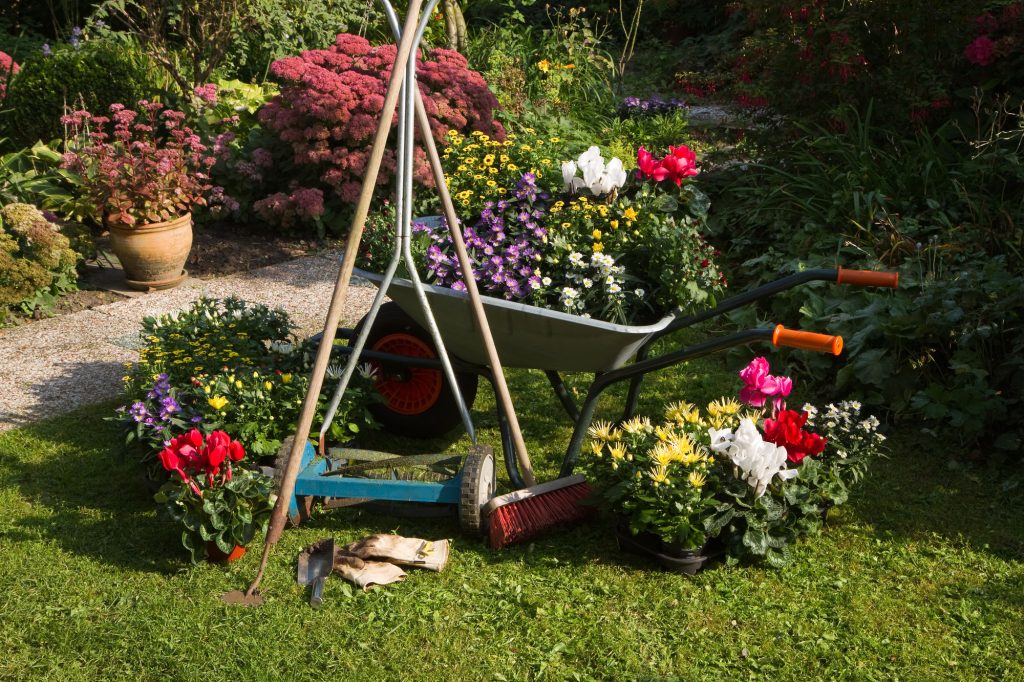You need to add grounding features to your garden to structure it. These solid elements anchor seasonal plants and ensure your garden looks great outside growing seasons. Continue reading for tips on how to structure your garden.
3 Tips To Structure Your Garden
Here are tips for structuring your garden with natural features, such as trees, shrubs, evergreens, and topiaries.
1. Create Borders With Shrubs
Use shrubs to create borders that partition your garden into zones, especially if your yard is small. These hedges can also help draw attention to a focal point in your garden, such as a water feature. In addition, shrubs can be used to direct foot traffic and cover unattractive features like your mailbox or toolshed.
2. Define Shapes With Evergreens
Evergreen trees, such as firs, pines, and spruce, grow in a pyramid shape. This gives your garden structure a lovely backdrop all year round. Some evergreen shrubs, like the false cypress and arborvitae, grow into pyramidal and round shapes. You can also use evergreen bushes for topiaries to create an attractive focal point in your garden.
3. Make Things Interesting With Branches
Branches can make your garden structure look interesting, especially in the winter when trees have lost all their leaves and most plants are dormant. Planting trees with colorful branches will add color to the white landscape of the winter season. Also, weeping trees with branches that droop to the ground will make a striking specimen in your garden.
Your garden structure features are the backbone that remains constant and don’t die easily as weather condition changes. With these tips, you can structure your garden to ensure it looks great every season. Need help with your garden structure? Reach out to us at Levy’s Lawn & Landscaping today!
